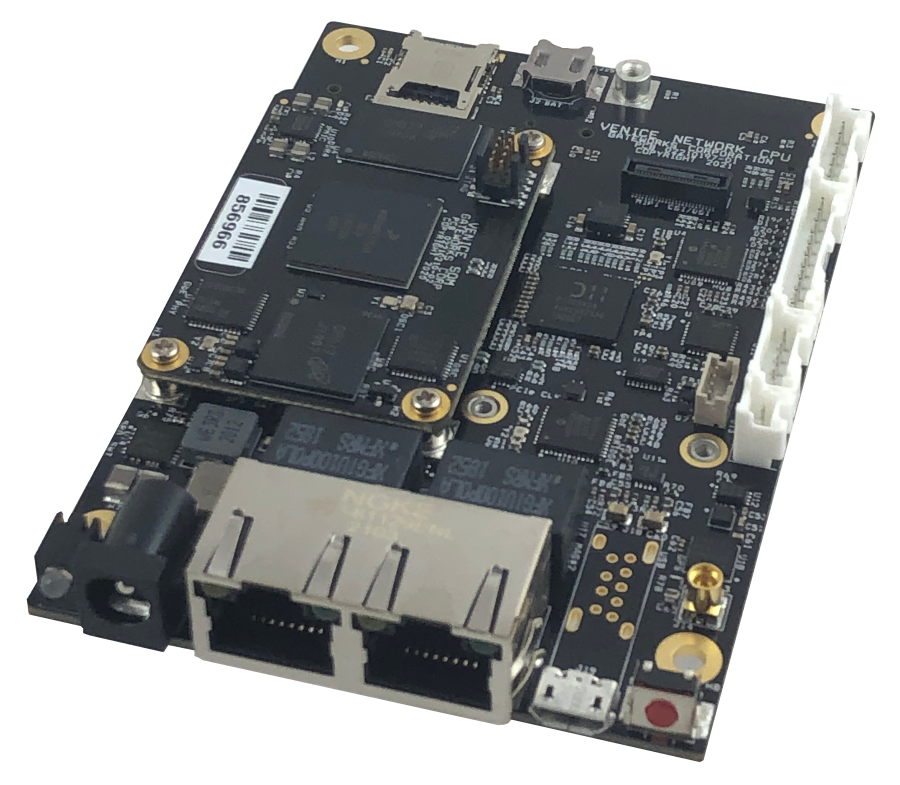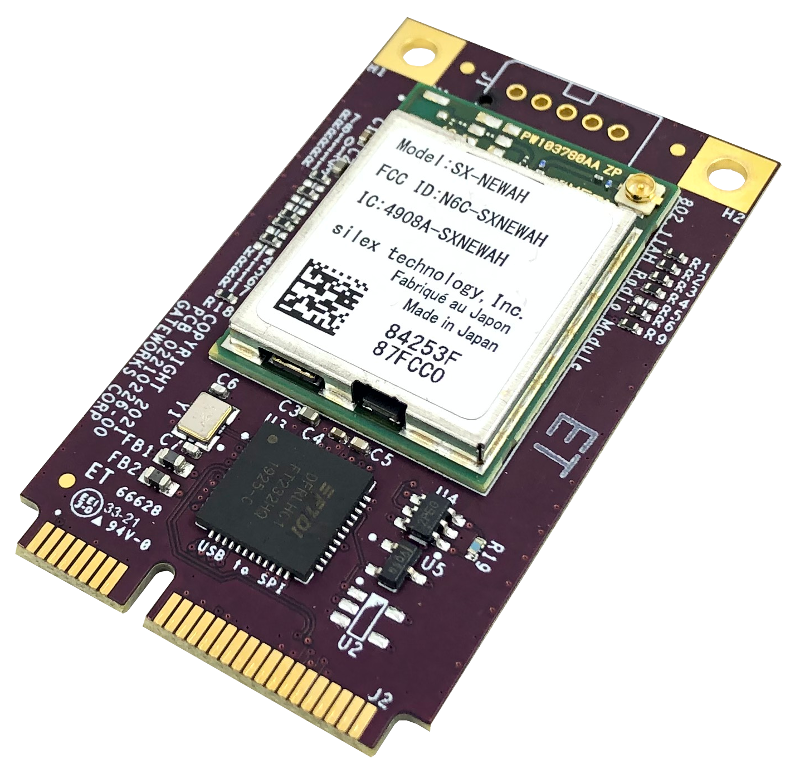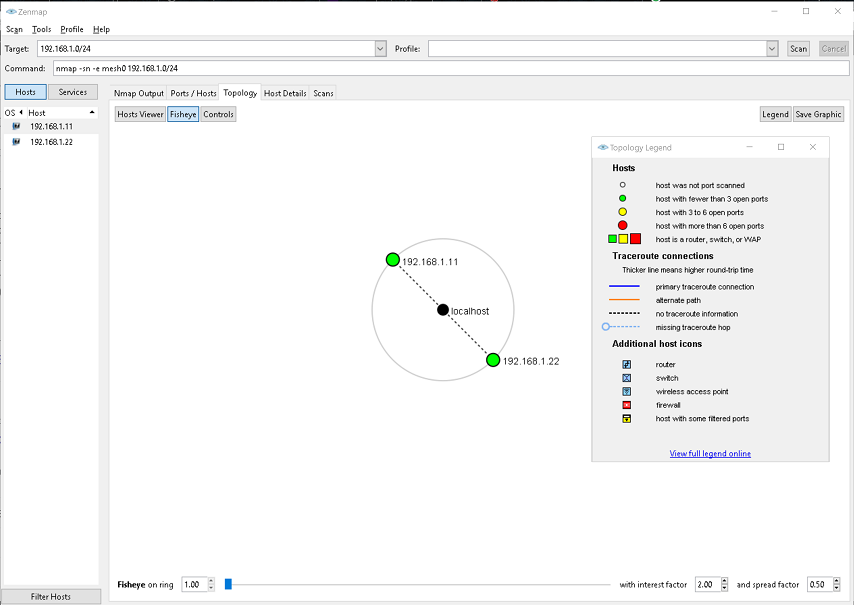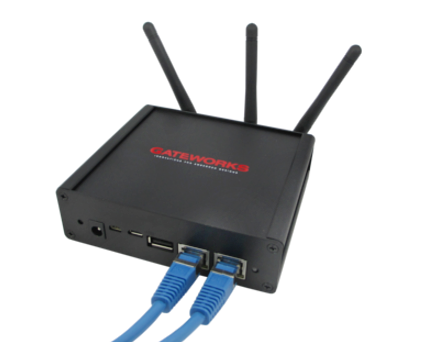What is Mesh Networking?

Mesh Networking is a computer networking topology in which wireless nodes can connect to each other directly in a dynamic fashion with no hierarchy or centralized access point. By connecting to as many other nodes as possible, they can work together to create the fastest path to route data between each other. The path of least resistance is able to be taken during times of congestion to provide the fastest speeds. If a node fails in the topology, the network is quickly able to adapt to create a new path to the destination. This redundancy is paramount in applications where nodes can fail due to damage, signal degradation, roving equipment, inclement weather, or nodes that are frequently entering and exiting the network. Having nodes spread over a large geographic area allows for multiple hops to extend the cumulative range of a wireless transmission. If each node is only able to transmit 1km, multiple nodes spread out can send data over multiple kilometres by communicating with each other.
Mesh Networking Advantages:
- Redundancy
- Extended Range
- Faster speeds with most optimized route
- Self-Repairing and Self-Healing Network
Mesh Networking Sectors:
- Transportation & Automotive (V2X)
- Defense
- Robotics
- City WiFi
- Drones & UAVs
- Mining
- Oil & Gas
- Utility Monitoring
- Internet of Things (IoT)
- Internet Service Providers (ISP)
- Healthcare
- Rail
- Military Radio Communications
Mesh Networking Software
The magic of mesh networking occurs in the software. The software handles a lot of things, including determining which nodes are nearby, which has the least path of resistance, and how to automatically heal when a node is lost. If the software is advanced, any new node thrown into the network automatically joins to become part of the group and starts contributing.
There are open source mesh networking platforms, such as BATMAN or OLSR. However, the most modern is referred to as 802.11s. This is part of the Linux operating system and Gateworks has provided more details on the Gateworks Mesh Networking Wiki page.
There are other proprietary mesh frameworks designed by companies that are available for purchase. These companies specalize in mesh software and have refined their protocol over many years to bring a high performance system to market.
Mesh Networking Hardware
Mesh Networking Single Board Computers
The Gateworks Rugged & Industrial Single Board Computers are an excellent base platform for mesh networking due to their ability to host a multitude of different wireless radios. Gateworks uses Mini-PCIe slots which are a standard form factor for wireless radios. Smaller SBCs have only a single Mini-PCIe slot, while some of the larger SBCs can have up to 4 or 6 slots. Multiple slots allow for either different frequencies and dedicated backhauls.
Recommended Single Board Computers:

- Venice GW7100 – Small 35mm x 100mm, 1x Mini-PCIe sites, 1x GbE, i.MX8M Mini Quad Core CPU
- Venice GW7200 – Small 70mm x 100mm, 2x Mini-PCIe sites, 2x GbE, i.MX8M Mini Quad Core CPU
- Venice GW7300 – 105m x 100mm, 3x Mini-PCIe sites, 2x GbE, i.MX8M Mini Quad Core CPU
- Additional SBCs available in a variety of form factors and with up to 6x Mini-PCIe sites. See here for more information.
Mesh Networking Radios

Mesh networking can operating on standard 802.11a/b/g/n/ac/ax WiFi radios such as the Compex WLE900VX Radio using the ath10k WiFi driver. Note that the firmware in all WiFi radios will not always support an infrastructure mode that is compatible with 802.11s. This varies by manufacture, as some WiFi radios were purely marketed towards laptops for the consumer markets that only need to connect to a standard access point in client mode.
Mesh can also be leveraged on newer long-range 802.11ah HaLow Sub-1GHz radios such as the Gateworks GW16146 802.11ah HaLow Mini-PCIe radio. A 802.11ah mesh networking specific document is hosted here.


